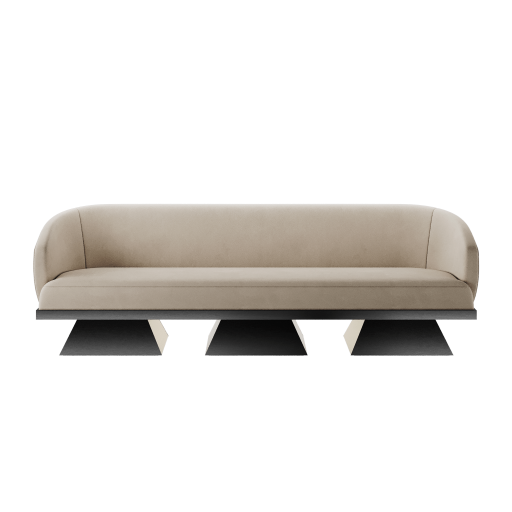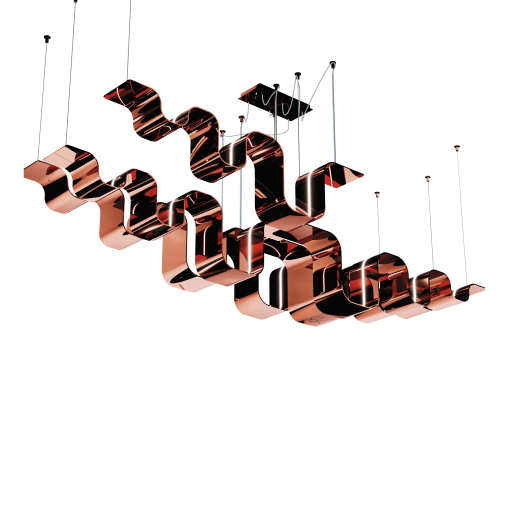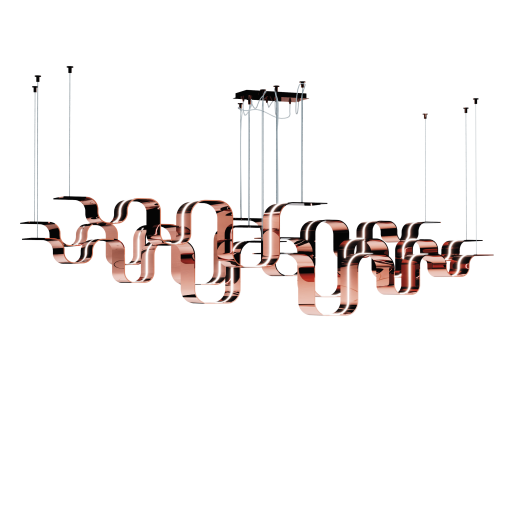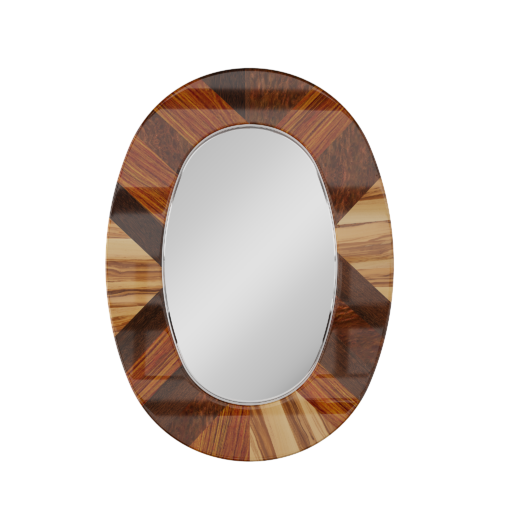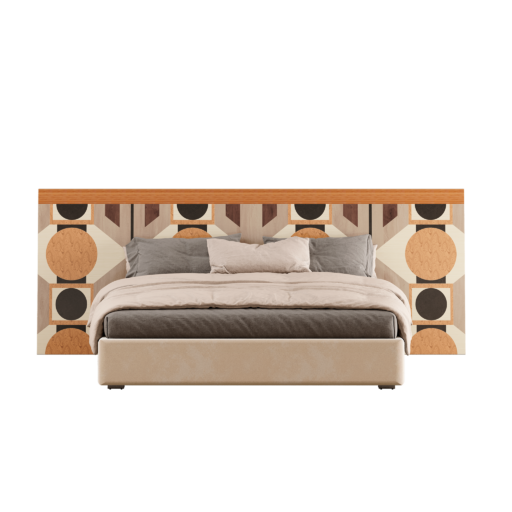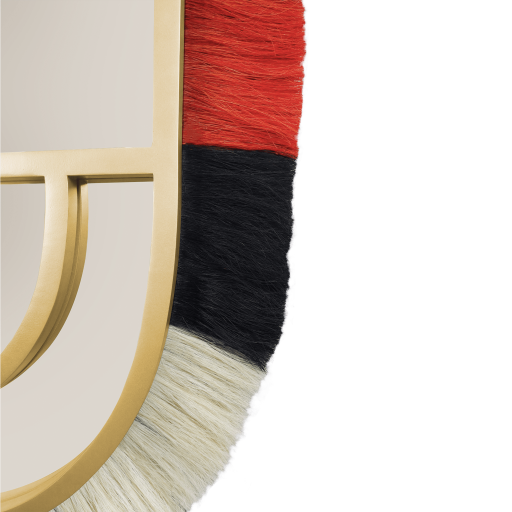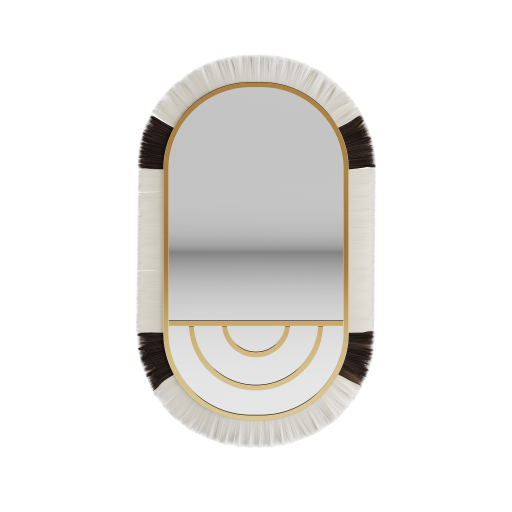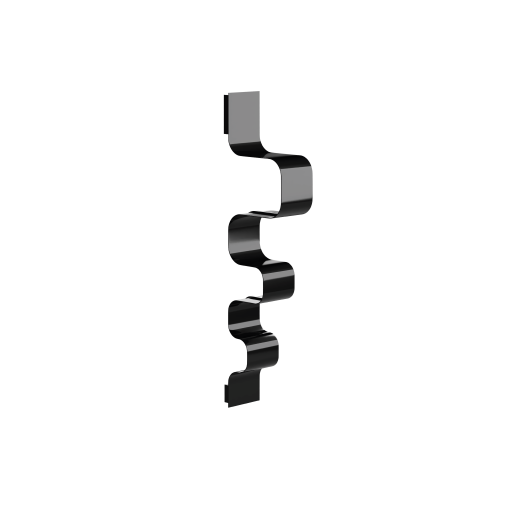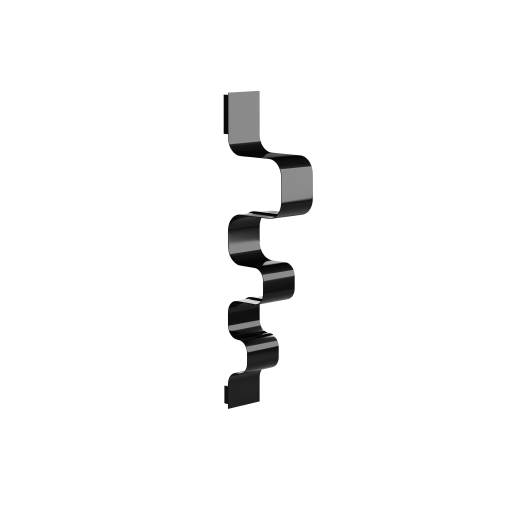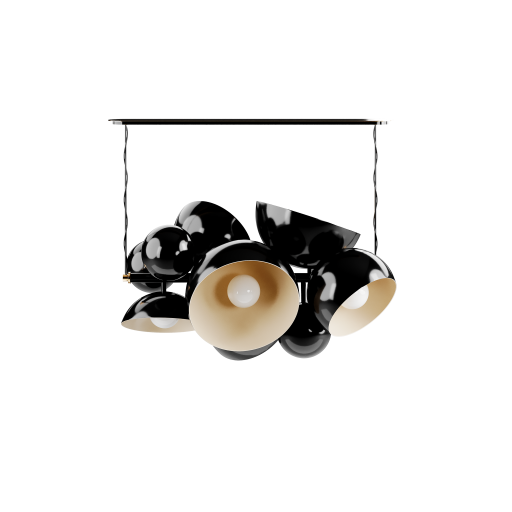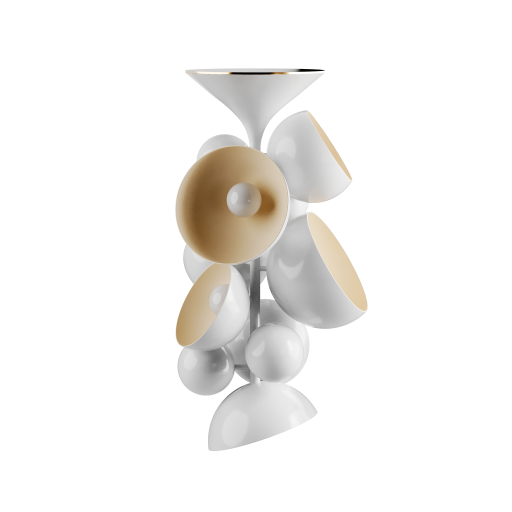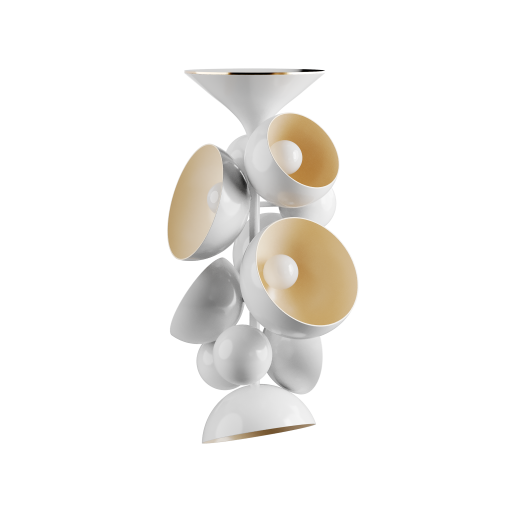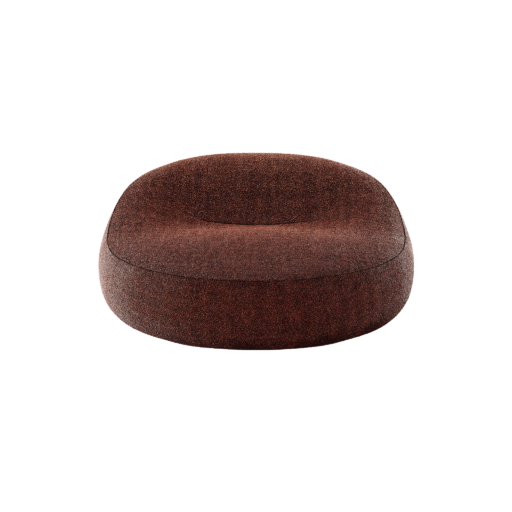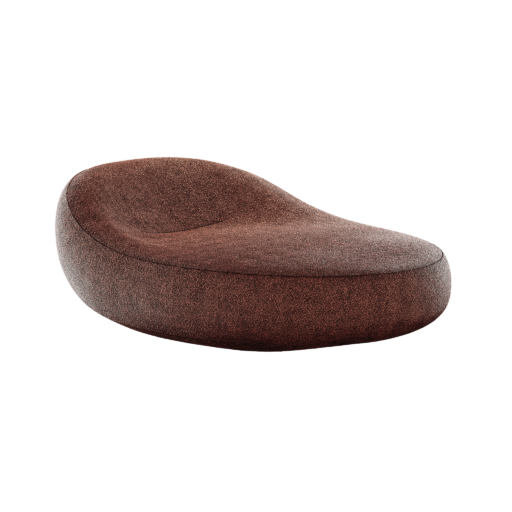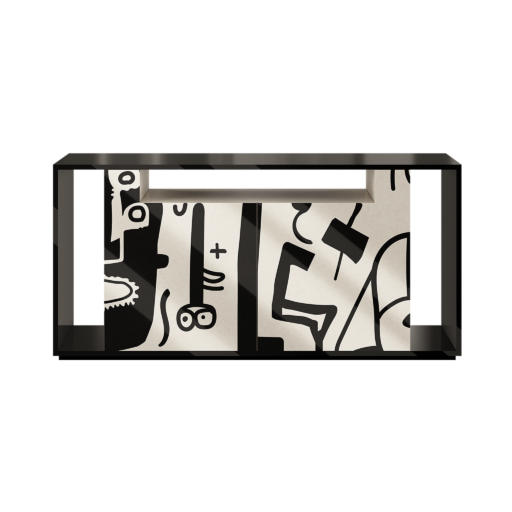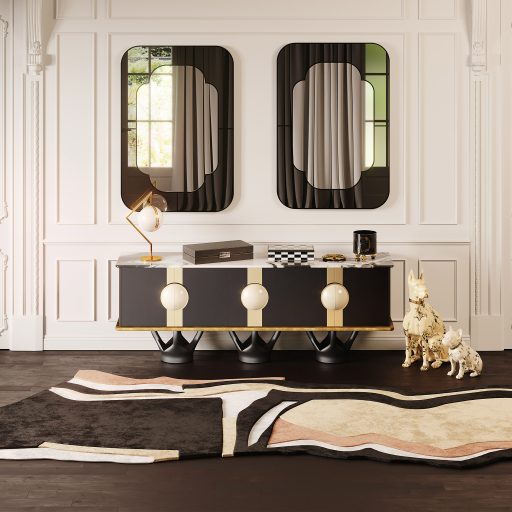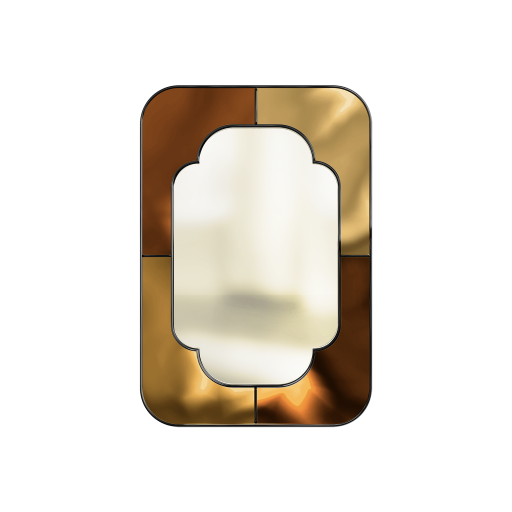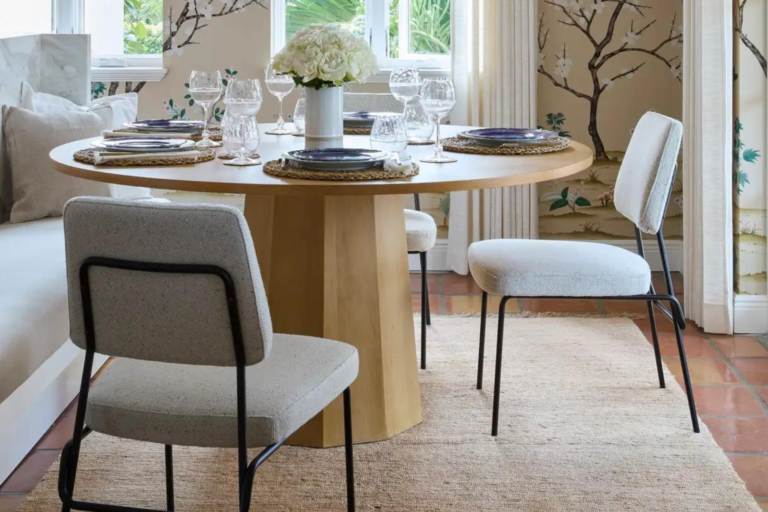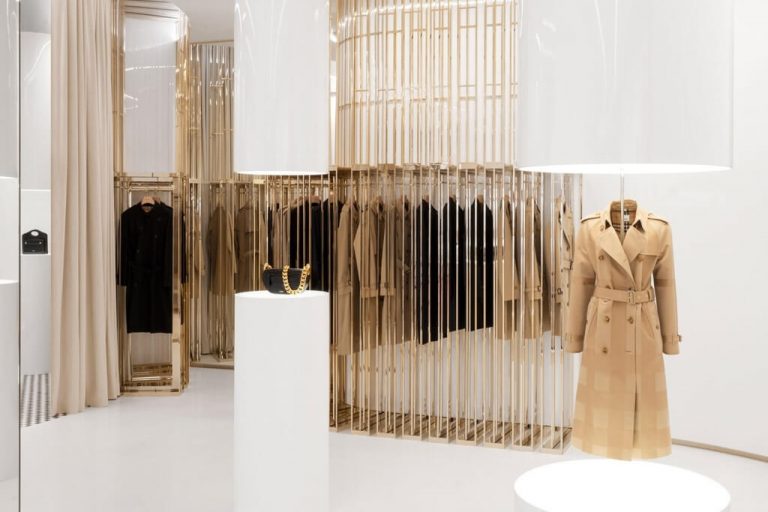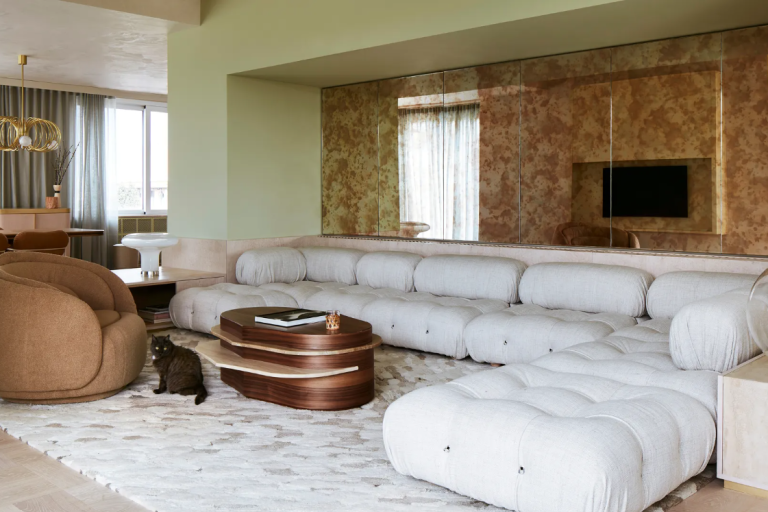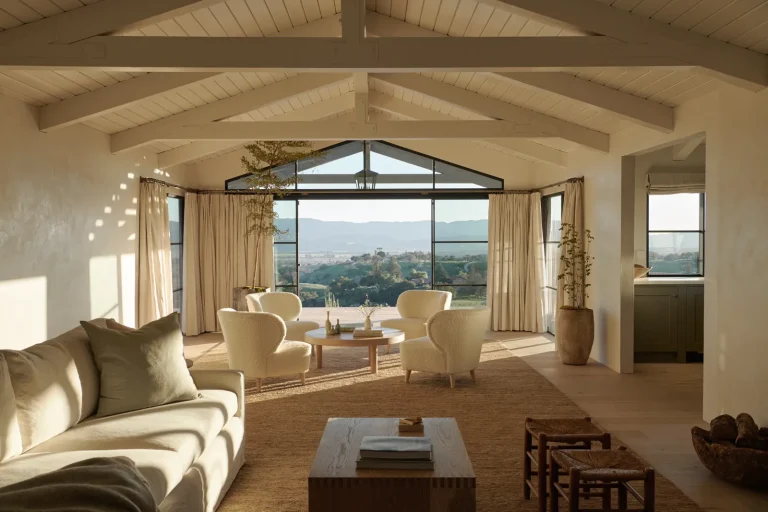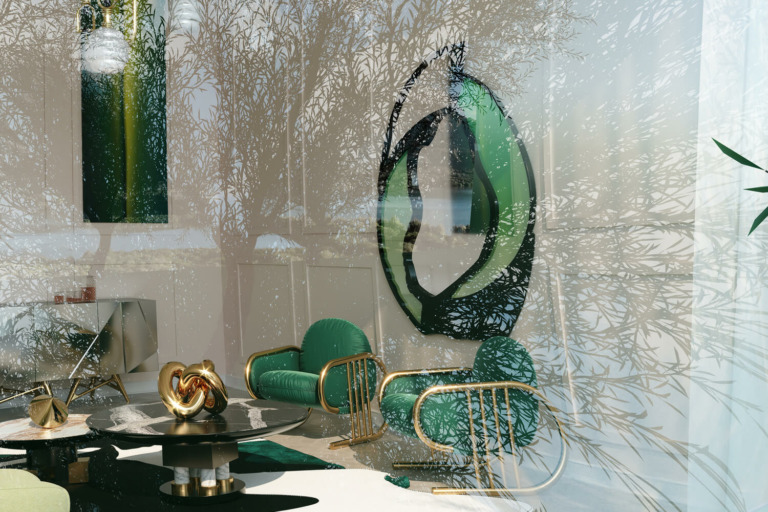Discover how Hannes Peer redefines brutalist design in Milan with a 1970s aesthetic. Explore iconic projects that blend raw materials, bold geometry, and vintage elegance.
The Brutalist Renaissance in Milan
Brutalist design, once known for its stark, monolithic structures, has been boldly returning to contemporary interiors. Once perceived as cold and rigid, this architectural style is evolving, infused with warmth, texture, and nostalgia. Milan, a city that thrives on design innovation, has embraced this movement, blending brutalist design principles with the expressive, free-spirited aesthetics of the 1970s.
At the heart of this resurgence is Hannes Peer, a Milan-based designer whose work reinvents brutalist interiors by merging raw materials with bold colors, sculptural furniture, and retro-modern influences. His projects, including Casa dei Giardini, Casa Ortello, and Casa Leone II, reflect a masterful balance of brutalism’s industrial edge with the inviting charm of 70s-inspired aesthetics.
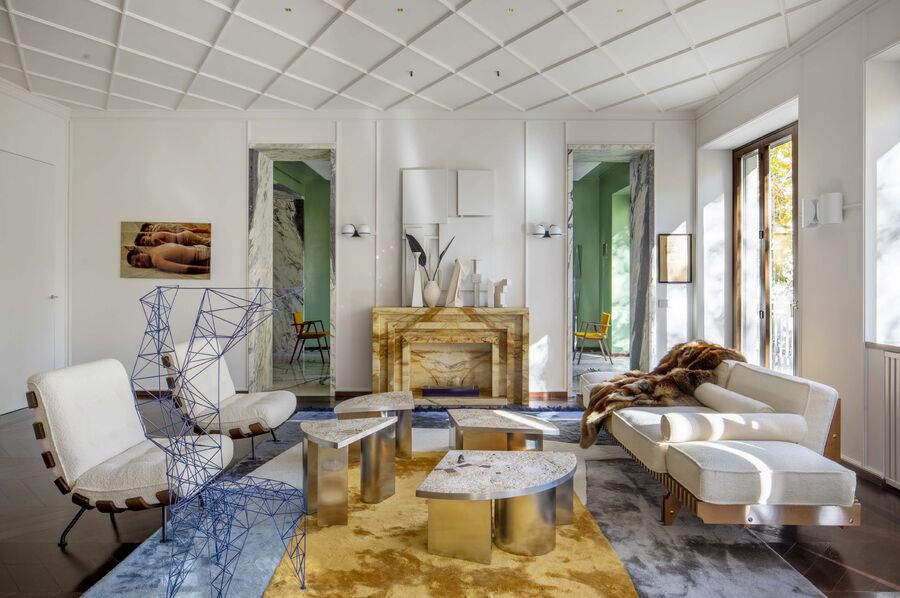
Unlike traditional brutalist design, which relies heavily on unadorned concrete and minimalist forms, this new approach introduces layered textures, warm tones, and geometric experimentation. Hannes Peer creates interiors that feel structured and deeply personal by incorporating earthy color palettes, vintage furnishings, and dynamic lighting.
For those seeking inspiration in brutalist design, these Milan-based projects offer a fresh perspective on how to make raw materials feel livable and stylish. Below, we explore key design principles and how to integrate them into contemporary spaces while embracing a 70s sensibility.
Embracing Brutalist Design with a 70s Aesthetic
1. Raw Materials: The Foundation of Brutalist Interiors
One of the defining aspects of brutalist design is its commitment to raw, unpolished materials. Concrete, steel, and wood are the backbone of Hannes Peer’s projects, creating a structured yet refined aesthetic. However, the interplay between these industrial elements and softer, tactile finishes sets his Milan interiors apart.
For instance, Casa dei Giardini showcases exposed concrete walls, but rather than feeling cold; the space is warmed by walnut cabinetry, velvet upholstery, and subtle lighting. The contrast between hard and soft textures adds depth, making the space more inviting while preserving the raw essence of brutalist design.
Tip: When designing with brutalist principles, pair industrial materials with plush fabrics like boucle, suede, or leather. This creates a sense of comfort while maintaining the integrity of the design style.
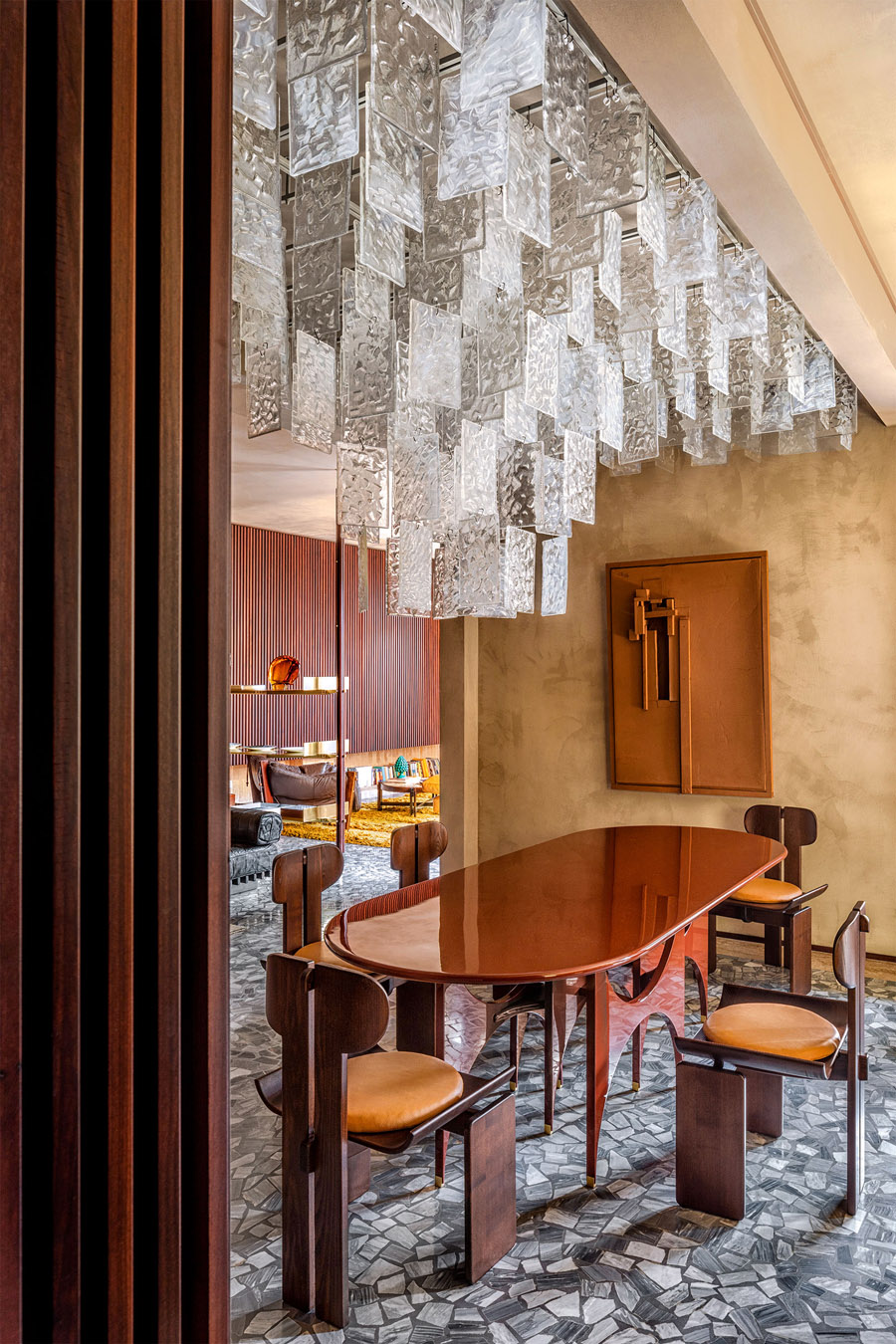

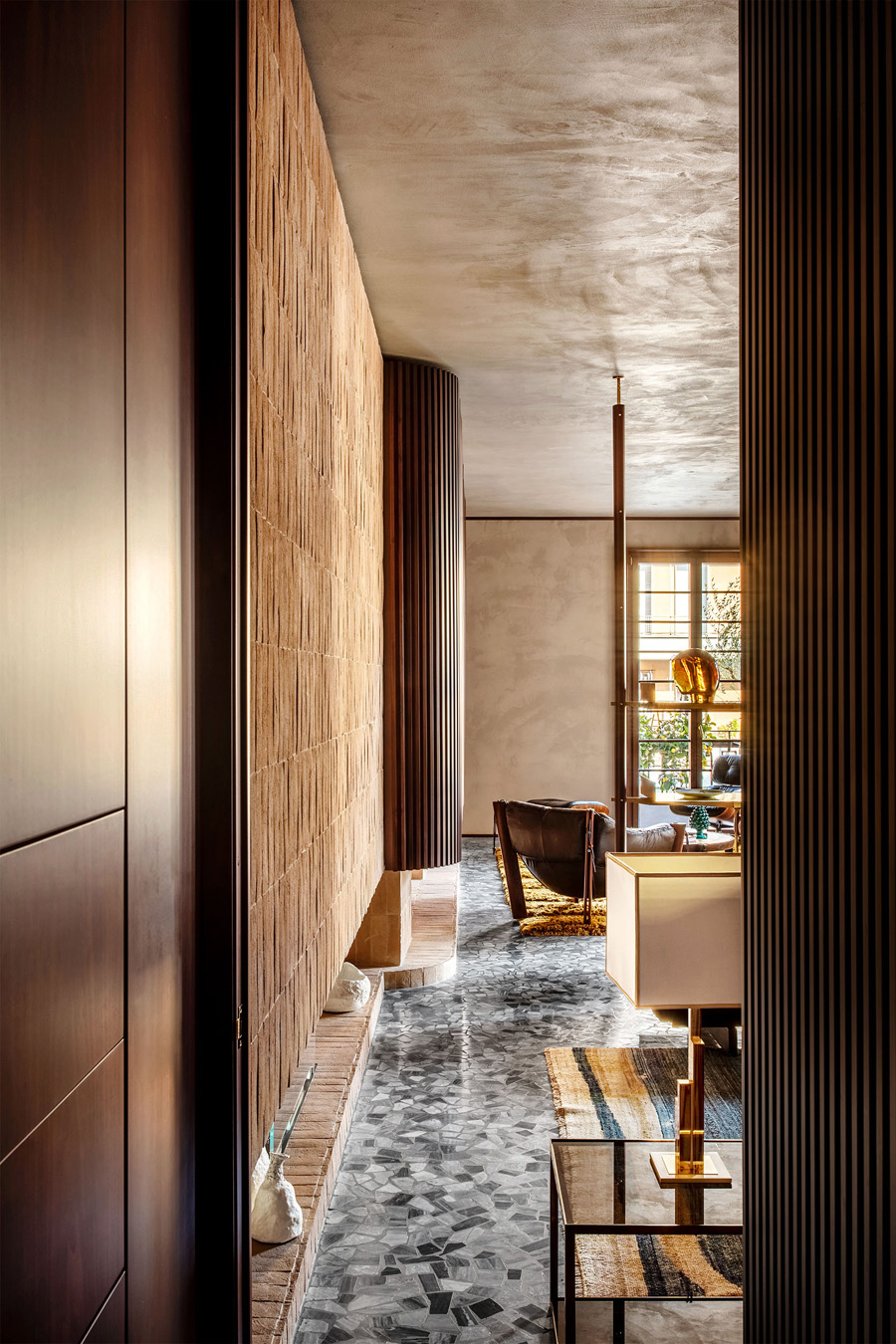
2. Geometric Forms and Sculptural Aesthetics
Geometry plays a crucial role in brutalist interiors, with bold lines and strong architectural statements shaping the space. Hannes Peer elevates this principle by introducing playful, sculptural elements that echo the curves and modular designs of 70s furniture.
Casa Ortello features striking rounded forms, from arched doorways to circular pendant lights, softening the severity of brutalist materials. This interplay between rigid and fluid shapes brings dynamic energy to the space, making it feel less austere and more livable.
Tip: Incorporate curved furniture, oversized seating, or abstract lighting fixtures to soften the strong lines typical of brutalist design. Balance angular architecture with organic forms to achieve harmony.
3. A Nostalgic Yet Modern Color Palette
Unlike brutalist design’s traditional monochromatic palette, Milan’s contemporary take embraces earthy, retro hues. Inspired by the 1970s, Hannes Peer’s interiors feature burnt orange, ochre, deep greens, and warm browns, creating a cozy yet sophisticated atmosphere.
Casa Leone II exemplifies this approach, using warm neutrals contrasted with deep jewel tones. The richness of these colors, combined with textured materials, creates an aesthetic that feels both timeless and contemporary.
Tip: Use color strategically—introduce warm hues through accent walls, furniture, or decorative pieces while maintaining a neutral base with concrete or wood. This ensures a cohesive look that blends brutalism with vintage charm.

4. Statement Furniture with a 70s Influence
Brutalism may be rooted in structure, but its contemporary evolution embraces personalization through eclectic furniture choices. In Hannes Peer’s projects, seating arrangements become sculptural art pieces, and tables feature bold, geometric bases that command attention.
At Casa dei Giardini, sleek marble coffee tables sit alongside vintage-inspired chairs with chrome legs, striking the perfect balance between brutalism and mid-century modern elegance. Bold silhouettes and rich materials make each piece feel intentional, elevating the space‘s overall aesthetic.
Tip: Source vintage or statement furniture highlighting bold forms and high-quality materials. Mixing retro pieces with brutalist elements creates a curated, sophisticated environment.
5. Layered Lighting for Mood and Depth
Lighting is a key element in transforming brutalist interiors from harsh to inviting. Hannes Peer uses multiple lighting sources to soften the rawness of concrete and steel, employing diffused lighting, pendant lamps, and retro sconces for added depth.
In Casa Leone II, soft ambient lighting enhances the warmth of the space, creating a cozy yet dramatic atmosphere. Mid-century pendant lights, table lamps, and wall sconces provide gentle illumination, making the space feel intimate despite its bold architectural features.
Tip: Avoid harsh overhead lighting and opt for warm, layered lighting solutions like floor lamps, sculptural pendants, and indirect LED strips to warm brutalist interiors.
6. Textural Contrasts for a Lived-In Fee
A common misconception about brutalist design is that it lacks warmth. However, Hannes Peer proves that layering different textures can make brutalist spaces feel rich and inviting.
By incorporating woven textiles, patterned rugs, and soft drapery, he counterbalances the starkness of concrete and steel. At Casa Ortello, vintage Persian rugs and plush seating areas add warmth, ensuring the space feels comfortable rather than severe.
Tip: Mix raw and refined materials—pair rough concrete with luxurious fabrics or add depth with layered textiles. This approach prevents the space from feeling overly industrial.
The Future of Brutalist Design in 2025
The evolution of brutalist design proves that industrial aesthetics no longer have to feel stark or unapproachable. By blending 70s-inspired elements, organic textures, and rich color palettes, designers like Hannes Peer are redefining how brutalism can be both artistic and livable.
As we move into 2025, this fusion of brutalist interiors with vintage aesthetics will continue to shape the industry. Expect more curated material contrasts, statement furniture pieces, and layered lighting solutions that transform raw architecture into expressive, human-centric spaces.
If you’re intrigued by the resurgence of brutalist design, now is the perfect time to explore the latest trends shaping the industry. Discover more about 2025 design trends with HOMMÉS Studio—download our exclusive eBook now!
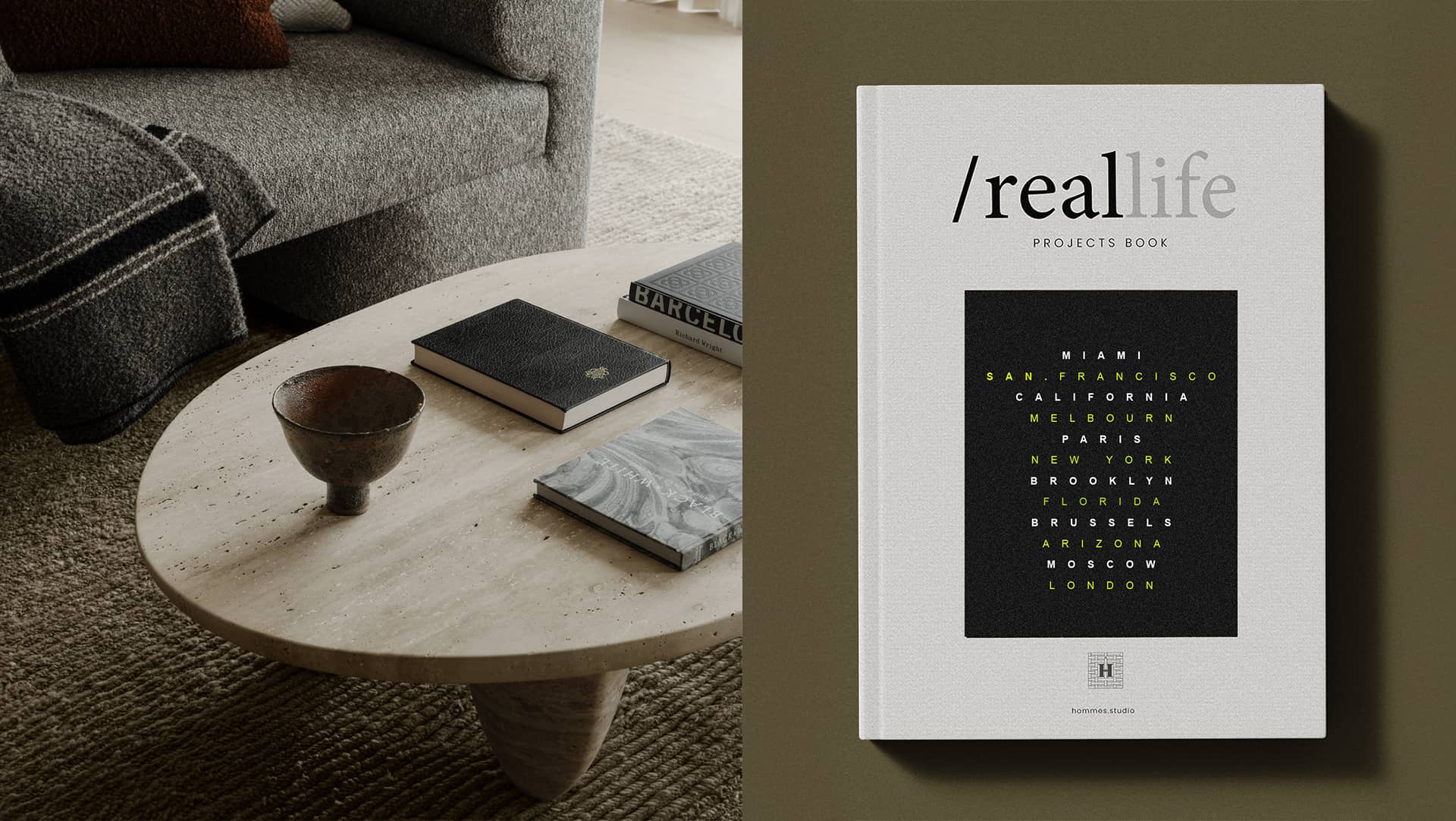
Sources: Hannes Peer Architecture



